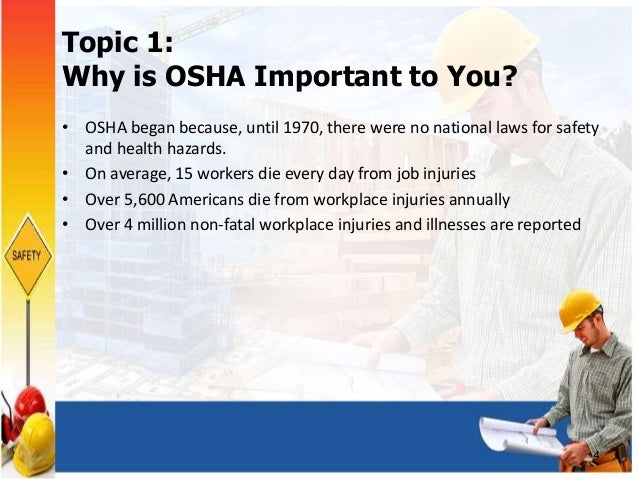


Q: Does the ETS apply to employees who split their work time between home and the workplace?Ī: Yes.Employees working from a location chosen by the employee that is not under the control of the employer (for instance, an employee teleworking from a café or a friend’s home).Employees who are covered by the Aerosol Transmissible Diseases regulation ( Cal.Work locations where there is only one employee who does not have contact with other people.Q: Which employers must comply with the COVID-19 emergency temporary standards (ETS)?Ī: The ETS applies to all employers, employees, and places of employment with the following exceptions:.A chemical with a PEL or TLV of 50 ppm would be reduced to 35 ppm for a ten-hour work shift using the Brief and Scala model and 25 ppm for a 12-hour shift. For a 12-hour work shift, the reduction factor would be 0.5. The reduction factor for a ten-hour work shift would be 0.7. The Brief and Scala model reduces exposure limits according to a reduction factor calculated by the formula: ACGIH in the 2003 TLVs® and BEIs® refers to the Brief and Scala model (found in Patty’s) as a “tentative” guideline for industrial hygienist dealing with extended work shifts. The existing OSHA policy for occupational exposure to cotton dust also has a requirement to adjust the PEL for extended work shifts when employees are required to wear respirators for a portion of the work shift in order to reduce exposures.Īlthough OSHA only specifically requires adjusting the PEL for lead exposure, other formulas and models have been developed for adjusting exposure limits.

For 12-hour shifts, the Action Level would reduce to 82 dBA. 95):Īction Level=90 + 16.61 x log 50/(12.5 x number of hours worked)įor individuals working ten-hour work shifts, the Action Level would be reduced from 85 to 83 dBA. OSHA reduces the Action Level for individuals working extended work shifts according to the following formula (which is derived from Table G-16 found in Appendix A of. In addition to the Lead Standards, current OSHA policy requires the Action Level for noise exposures to be reduced during extended work shifts, but not the PEL.

It should be noted that OSHA does not require adjusting the lead Action Level of 30 µg/m3 for extended work shifts. For a twelve-hour shift, the PEL would be reduced to 33 µg/m3. PEL (µg/m3) = 400/hours worked in the dayįor a ten-hour work shift, the lead PEL would be reduced from 50 to 40 µg/m3. In both standards, the lead PEL of 50 µg/m3 is reduced for extended shifts according to the following formula: Since most of the regulatory and recommended exposure limits are based on the eight-hour workday, the effect of exposures for those working 10- and 12-hour work shifts becomes critical in light of the fact that extended work shifts not only increase exposure time during the workday but reduce the recovery period between exposures.Ĭurrently, OSHA has only two standards that specifically require the adjustment of the PEL, both concerned with occupational exposure to lead (.10.62). Occasionally questions arise concerning the adjustment of occupational exposure limits for work shifts exceeding the traditional eight-hour work day.


 0 kommentar(er)
0 kommentar(er)
